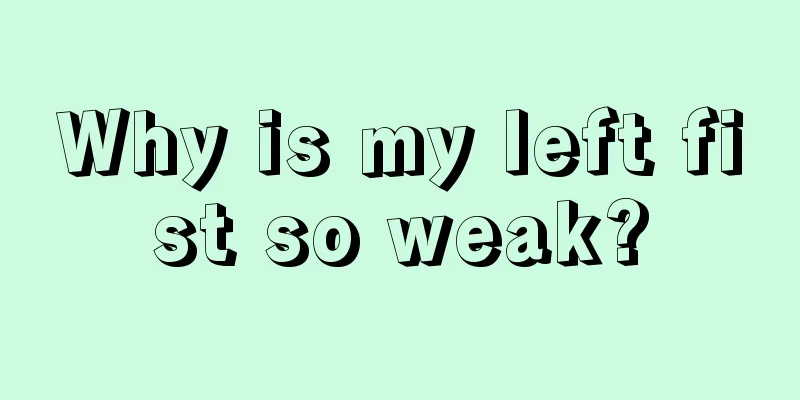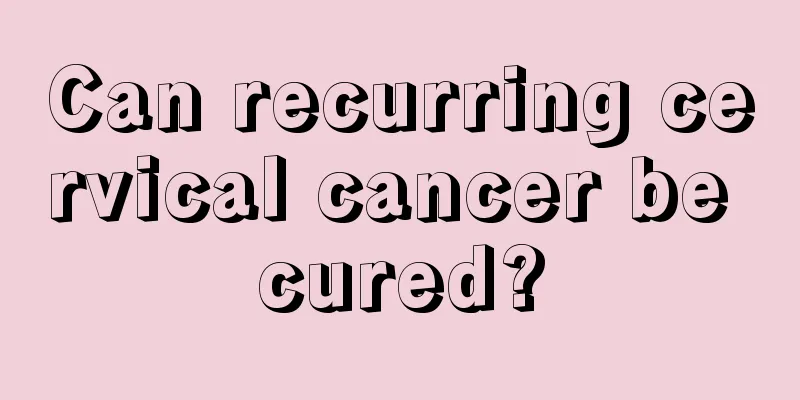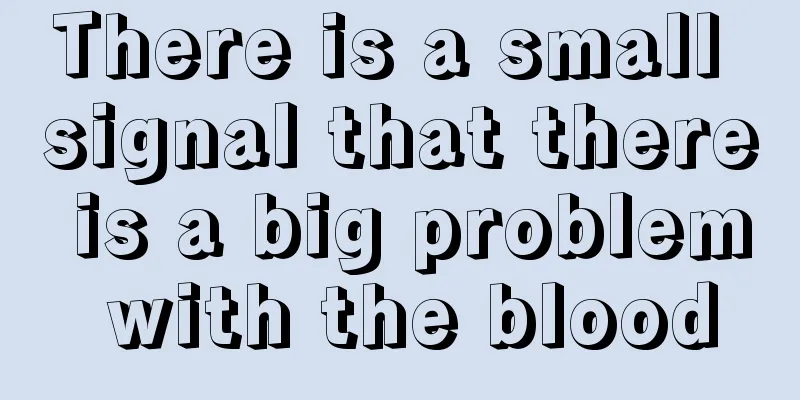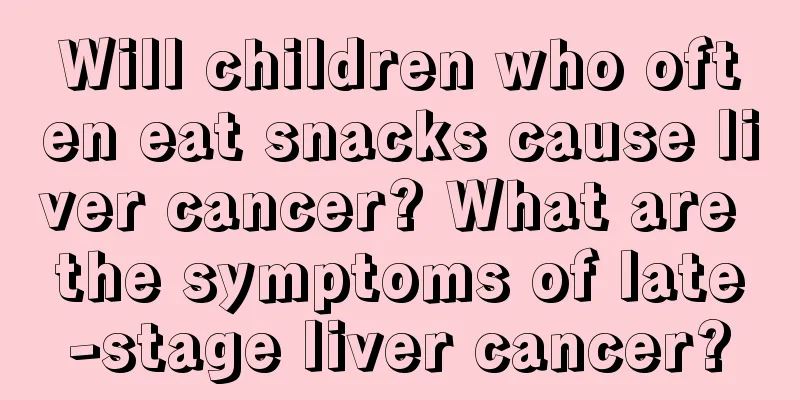Why is my left fist so weak?

|
People's advantageous parts are arms, because arms are the most used part. Usually, hand strength is needed when grabbing anything, waving or lifting things. If you feel that you have no strength when clenching your fists, and your entire upper limbs feel numb and swollen, this may be due to excessive force or a nerve problem. Lateral epicondylitis is a chronic traumatic inflammation of the origin of the common extensor tendon. Its main symptoms are persistent pain in the lateral epicondyle of the humerus or pain in the lateral part of the elbow, soreness and swelling in the forearm, and weakness in the hand. The pain is obvious when wringing a towel, lifting objects, or holding bowls and basins. In severe cases, it can affect sleep. Therefore, although this disease does not affect life, it causes serious obstacles to daily life. Since pain and numbness can radiate along the radial extensor muscle of the forearm, it can be easily mistaken for cervical spondylosis. The lateral epicondyle of the humerus (the bony protrusion that can be touched on the outside of the elbow joint) is the common attachment point for the forearm extensors, such as the radial carpi longus, brevis, extensor digitorum commonus, supinator, and extensor carpi ulnaris. The main functions of these muscles are wrist extension, finger extension, and forearm rotation; actions such as twisting a towel and holding a bowl mainly involve wrist extension and forearm backward rotation. When lifting objects, wrist and finger extension must occur. When they coexist with chronic damage to the tendon at the origin, it can cause pain, resulting in inability to perform the above movements or inhibition: The forearms are sore and the hands are weak, and there is a tendency to lose control when lifting things. Lateral epicondylitis sometimes coexists with cervical spondylosis. In this case, in addition to pain in the lateral epicondyle of the humerus, there may also be neck pain and discomfort, numbness of the fingertips or muscle atrophy of the hand. Sometimes lateral epicondylitis coexists with compression of the deep or superficial branch of the radial nerve. At this time, the patient may experience weakness in wrist dorsiflexion or numbness in the back of the hand and the base of the thumb. In general, simple lateral humeral epicondylia is not accompanied by numbness in the base of the thumb, wrist dorsiflexion disorder, or elbow joint movement disorder, but there is an obvious tenderness point in the lateral condyle of the humerus. The disease is not difficult to diagnose, but difficult to treat. Rest is one way to relieve the symptoms of dogs. Local injection of drugs is effective for some cases, but repeated injections are not recommended, that is, if the injection is inaccurate, there will be no effect. Some people have reported that holding a 2-pound weight in the affected limb and repeatedly flexing and extending the affected elbow twice a day for half an hour each time may be effective. Taking some anti-inflammatory and analgesic drugs such as Voltaren and Tylenol at the same time can have a better effect. Since 1988, the author has conducted a series of studies on the etiology, pathology and diagnosis of lateral epicondylitis and found that long-term recurrent chronic lesions and chronic injury tendinitis are primary pathological changes, but not the main cause of pain. The main cause of pain is that the degenerated tendon compresses the microvascular nerve bundles passing through the area, which is a secondary pathological change. Based on this theory, a surgical plan for the treatment of lateral epicondylitis was designed. The surgery mainly involves resection of the origin of the common extensor tendon and the microvascular nerve bundle, or subperiosteal stripping of the extensor insertion point of the lateral epicondyle of the humerus. The operation is performed under local anesthesia, does not require hospitalization, is simple, and has little impact on the patient. Nearly 10 years of follow-up have shown that this surgical method has a certain therapeutic effect. Therefore, surgical treatment may be used for patients with long-term chronic lateral epicondylitis. |
<<: What does it mean that Qi flows on the left and blood flows on the right?
>>: What to do if you feel weak all over after sex
Recommend
Nursing issues regarding prostate cancer
Oncologists say that prostate cancer is a disease...
How are dental caries formed
Teeth play a very important role in daily life. W...
What do hens eat to make them lay eggs easily?
Eggs are very popular in our daily life and are a...
What causes low platelets?
There are certainly reasons for low platelet coun...
Symptoms of back neuralgia
The back is an area with densely packed nerves, s...
Can bone cancer be cured in its early stages?
Can bone cancer be treated in its early stages? Y...
How to treat anal fistula? Surgery is necessary
Once anal fistula is discovered, surgical treatme...
Recipe for soaking dodder in wine
Everyone should know that Cuscuta is a very preci...
The difference between milk calcium and liquid calcium
Calcium plays a very important role in the baby&#...
Why do we need to draw blood to check for cervical cancer
By drawing venous blood for testing, we can find ...
What color underwear is good for your body
In modern social life, a curvy figure is the most...
How to treat parasympathetic neurasthenia
Parasympathetic neurasthenia has a great impact o...
How to wash your hair with soap nuts
I believe many people don't know that using s...
What kind of tumor is abdominal wall fibroma
Abdominal wall fibroma is an unstable tumor, whic...
Buckwheat husk pillow
People do need a lot of pillows in their lifetime...









